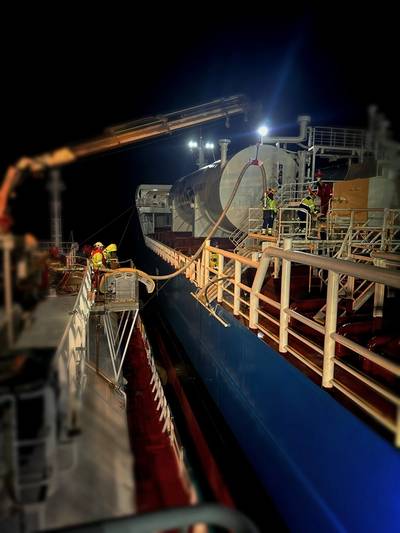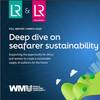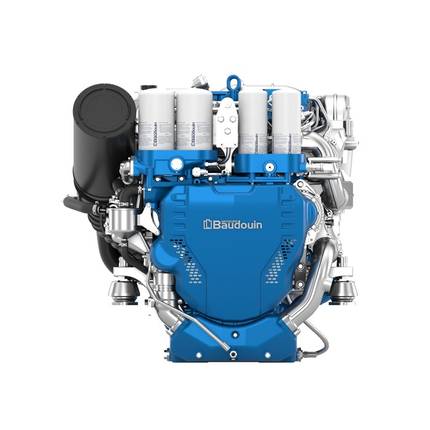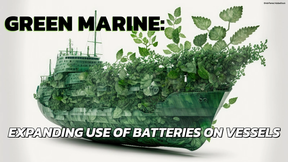Furetank Completes Milestone Bio-LNG Bunkering
Furetank has completed its first bunkering of 200 tonnes of ISCC certified Bio-LNG, in collaboration with environmental commodity trader STX Group and Molgas.
The tanker vessel Fure Viken was bunkered whilst anchored outside Mongstad, Norway.
The bio-LNG helps Furetank comply with the new FuelEU Maritime Regulation, requiring a 2% reduction in the greenhouse gas intensity of vessel fuel by 2025.
Bio-LNG is a mass balanced product where biomethane of certified origins is purchased and injected into the gas grid, while the corresponding amount of gas is withdrawn from the grid and liquefied into maritime fuel. The new regulation makes no distinction between mass balanced and off-grid produced biomethane. This opens up a new path for shipping in the transition to renewable energy, surpassing some of the hurdles of lack in biomethane supply and delivery infrastructure.
STX Group and Molgas have collaborated to source, liquify and deliver the ISCC certified Bio-LNG, fully recognized under the EU Renewable Energy Directive (REDII). It is the first time that Molgas has delivered mass balanced bio-LNG bunker to a maritime customer in Norway.
Environmental commodity trader STX Group sees the transaction as one of the first signs of a new fuel market being born.
“Bio-LNG is an efficient answer to FuelEU Maritime: a market-based regulation which rewards those who blend in biofuels and penalizes those who don’t. Together with the EU ETS it builds a business case for renewable fuels. This transaction is proof of how Bio-LNG can be a powerful tool when lowering emissions from the transport sector,” said Sead Keric, Managing Partner of Renewable Gas at STX Group.
Furetank recognizes Fuel EU Maritime as a positive incentive to reduce emissions from shipping and now hopes that the IMO will implement a similar regulation for all member states for a globally equal maritime market.
“This bunkering is a major step on Furetank’s journey towards carbon neutrality. We are happy to take part in paving the way for larger volumes and easier access to biomethane as a maritime fuel. This is what we have long advocated for to policymakers: to raise environmental requirements and connect them to economic incentives. It brings competitive advantages for our energy efficient duel-fuel Vinga vessels, already running on a cleaner fuel than conventional gasoil,” said Viktoria Höglund, Sustainability Strategist at Furetank.
FuelEU Maritime sets maximum limits for the yearly average greenhouse gas (GHG) intensity of the energy used by ships above 5,000 gross tonnage calling at European ports. Targets will ensure that the greenhouse gas intensity of fuels used in the sector will gradually decrease over time, starting with a 2% decrease by 2025 and reaching up to an 80% reduction by 2050. The targets cover not only CO2 but also methane and nitrous oxide emissions over the full lifecycle of the fuels used onboard, on a well-to-wake (WtW) basis.















